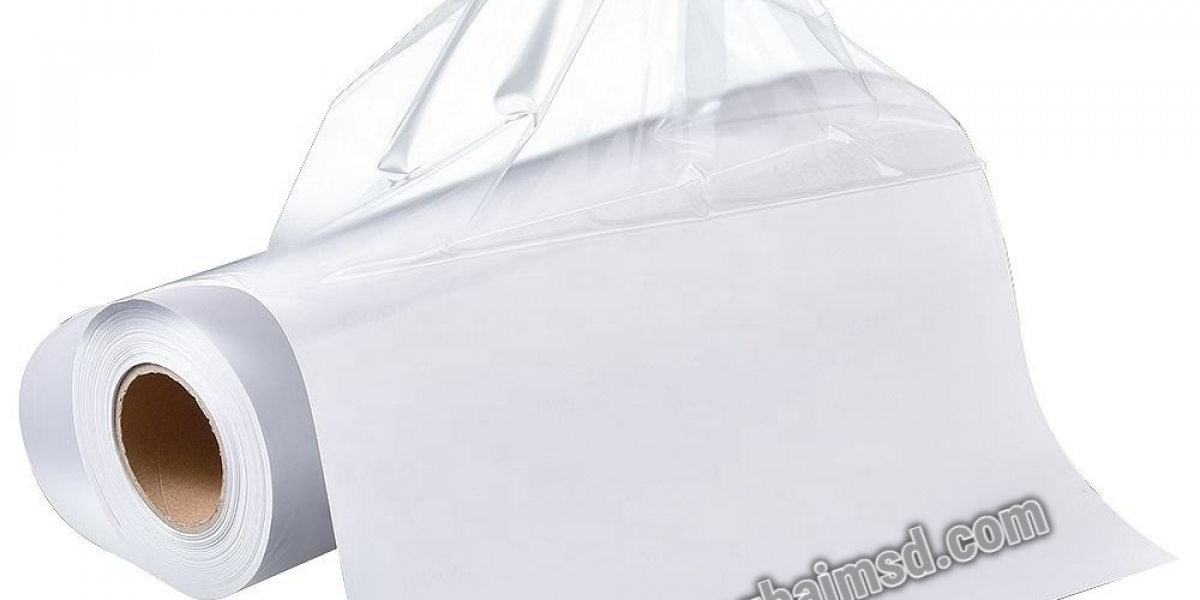When it comes to protecting and finishing your home’s roofline, few materials are as reliable and low-maintenance as aluminum. An aluminum soffit installation not only enhances the appearance of your home but also plays a critical role in ventilation and weather resistance. Whether you're building a new home or upgrading an old exterior, getting the soffit installation done right is essential for long-term durability and performance.
In this article, we’ll provide expert tips to help ensure your aluminum soffit installation is smooth, efficient, and delivers the lasting results you expect.
What Is an Aluminum Soffit?
Before diving into the tips, it’s important to understand what a soffit is. The soffit is the underside of your roof’s overhang. It's the part that bridges the gap between the roof edge and the exterior wall. In most homes, soffits are ventilated to allow airflow into the attic, helping prevent moisture buildup and extending the life of your roofing system.
Aluminum soffit is a popular choice due to its durability, resistance to rust, low maintenance, and sleek appearance. It can be perforated for ventilation or solid for areas that don’t require airflow.
Why Proper Installation Matters
A proper aluminum soffit installation is not just about appearance. It affects roof ventilation, energy efficiency, and even pest prevention. Poorly installed soffit panels can lead to trapped moisture, mold growth, and eventual roof damage. That’s why it’s crucial to follow best practices and work with precision, whether you're a DIY enthusiast or hiring a contractor.
Expert Tips for a Flawless Aluminum Soffit Installation
1. Choose the Right Aluminum Soffit Type
Start by selecting the appropriate type of aluminum soffit for your home. Choose between solid and vented panels depending on the location:
Vented panels: Ideal for areas where attic ventilation is needed.
Solid panels: Suitable for sections where ventilation is not a priority, such as decorative gables.
Mixing both types strategically allows for an attractive, functional soffit system.
2. Accurate Measurements Are Key
Measure twice, cut once. That’s a rule every professional follows. Proper measurements ensure the panels fit snugly without gaps or excess trimming. Measure the length and width of the eaves carefully and determine how many panels you’ll need.
Don’t forget to account for the fascia board and consider any architectural details that may affect the soffit layout.
3. Inspect and Prepare the Surface
Before installing the aluminum soffit, inspect the area under the roof overhang for rot, mold, or insect damage. Any damaged wood should be replaced before installation. Installing over a compromised surface will only lead to future issues.
Also, ensure the surface is clean and dry. Dust and debris can affect adhesion and alignment.
4. Ensure Proper Ventilation
One of the primary purposes of soffits is to allow air into the attic while keeping moisture and pests out. Make sure your design incorporates adequate ventilation.
If you’re unsure how much ventilation is needed, follow the general rule of one square foot of ventilation per 150 square feet of attic space. This ensures your roof can “breathe” properly, reducing the risk of mold and ice dams in colder climates.
5. Use the Right Tools and Materials
Professional-grade tools and materials are essential for a neat and secure aluminum soffit installation. Common tools include:
Aviation snips for clean aluminum cuts
A level and measuring tape
A chalk line for straight guidelines
J-channel trim to hold the soffit panels
Screws or nails (aluminum-compatible)
Using the wrong type of fastener can cause corrosion or dislodge over time. Be sure to use weather-resistant hardware designed for aluminum.
6. Start from the Outside and Work Inward
Begin installation at the outer edge of the roof and work your way toward the wall. This allows for easier alignment and keeps the fasteners hidden. Install the J-channel first along the wall and the fascia. The soffit panels will slide into these channels for a tight fit.
Be gentle while inserting the aluminum panels to avoid dents or warping. Aluminum is strong, but it can bend if mishandled.
7. Allow for Expansion and Contraction
Aluminum expands and contracts with temperature changes. Leave a small gap—usually about 1/4 inch—between panels and trims to accommodate this movement. Overlooking this can lead to buckling or panels popping out.
Avoid over-tightening screws or nails for the same reason. Panels should be secure but not tightly fixed.
8. Maintain a Consistent Appearance
Consistency is key to a professional look. Use a chalk line to keep installation level, and match panel colors and styles precisely. If you need to use more than one batch of panels, check for color consistency since minor variations can occur in manufacturing.
Neat cuts, clean edges, and aligned panels will make your soffit look polished and symmetrical.
9. Don’t Forget About Safety
Always use proper safety equipment, especially when working on ladders or scaffolding. Protective gloves are also important when cutting and handling aluminum to avoid sharp edges.
If the installation area is difficult to reach or poses a safety risk, consider hiring a licensed professional.
10. Regular Inspection and Minimal Maintenance
Once installed, aluminum soffits require very little upkeep. However, periodic inspections are important. Look for signs of loosened panels, insect nests, or debris blocking vents. Clean the panels with mild detergent and a hose to keep them looking new.
Conclusion
A successful aluminum soffit installation is about more than just attaching panels—it’s a critical component of your home’s roofing system. With the right planning, tools, and techniques, you can ensure a smooth and lasting installation that enhances both the look and performance of your home.


